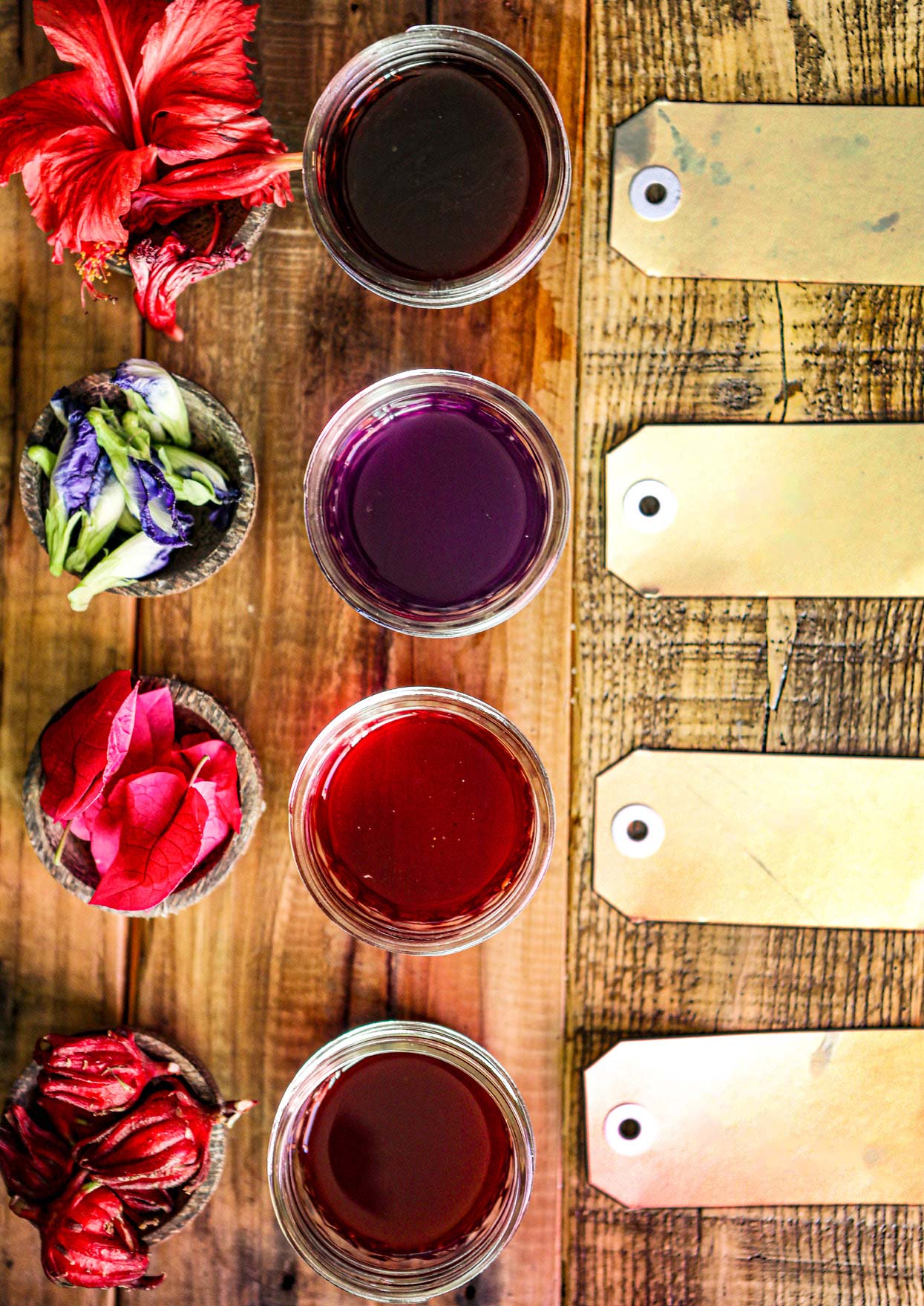Making your own ink, dyes and art materials from the natural world around you is a deeply satisfying and almost therapeutic process. It not only grows your intimacy with the plants and soils of the place you live in, but also is a far more sustainable art practice, reducing transport, packaging and toxic ingredients.
Creating useable colour from an earth or botanical source is not a new thing; human knowledge of landscapes and their relationship with the natural world is how the first colours emerged to be transformed into paint pigments, fabric dyes or ink. In many places today the use of plants and soil as pigment continues as cultural practice; in other places it was taken over by industrialisation and man-made alternatives, but there’s now a rising interest in a return to natural colour sources. As a gardener you can choose to grow pigment plants that suit your climate, you can forage for plants – particularly weeds – or even use kitchen scraps.

